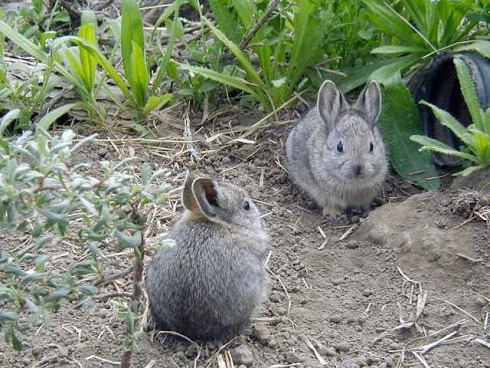Climate change vs. Easter bunnies
Easter is still a great day for worship, candy in baskets, pagan equinox rituals and running around the yard finding eggs, but every year it gets quite a bit worse for bunnies.
And no, not because the kids like to pull their ears. The culprit is climate change, and the folks at Climate Nexus found that rising temperatures are having adverse effects on at least five species of rabbit in the U.S.
Take the Lower Keys Marsh rabbit, for instance. An endangered species that lives in the Lower Florida Keys, this breed of cottontail is a great swimmer – it lives on the islands! – but it is already severely affected by development and now by rising sea levels. According to the Center for Biological Diversity’s 350 project, which highlights species that are most directly impacted by global warming, an ocean level rise of only .6 meters will send these guys hopping for higher ground and a .9 meter rise would wipe out their habitat completely. As creatures go, they are about as charismatic as can be – they’re even named after Playboy eminence Hugh Hefner (Sylvilagus palustris hefneri) – but that’s not going to help them with this problem.
The snowshoe hare, on the other hand, has a color issue. Most of these hares change their fur color from a brilliant white in the wintertime to a rusty brown in the summer, each designed to give them better cover from predators. As the number of days with snow decreases all across the country, however, more and more bunnies are being left in white fur during brown dirt days of both fall and spring, making them an easier mark for predators. According to Science Daily, researchers know that the color change is controlled by the number of hours of sunlight, but whether the rabbit will be able to adapt quick enough to survive is a big question. The National Wildlife Federation has reported that hunters have noticed their numbers are already markedly down.

More:
http://www.latimes.com/news/local/environment/la-me-gs-climate-change-vs-easter-bunnies-20120405,0,2110592.story
https://pmatep5f7b.execute-api.us-east-1.amazonaws.com/ProdStage
